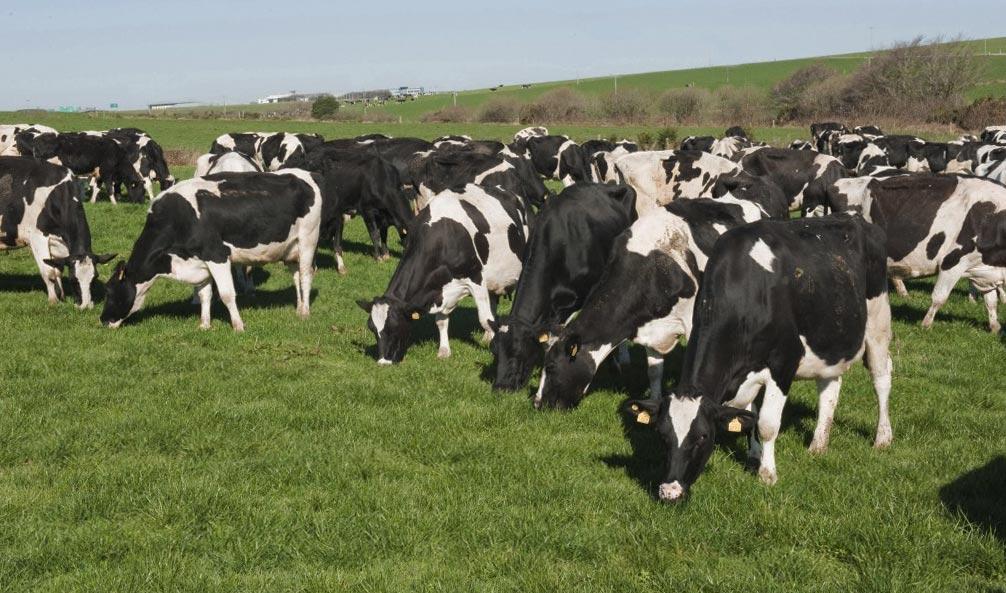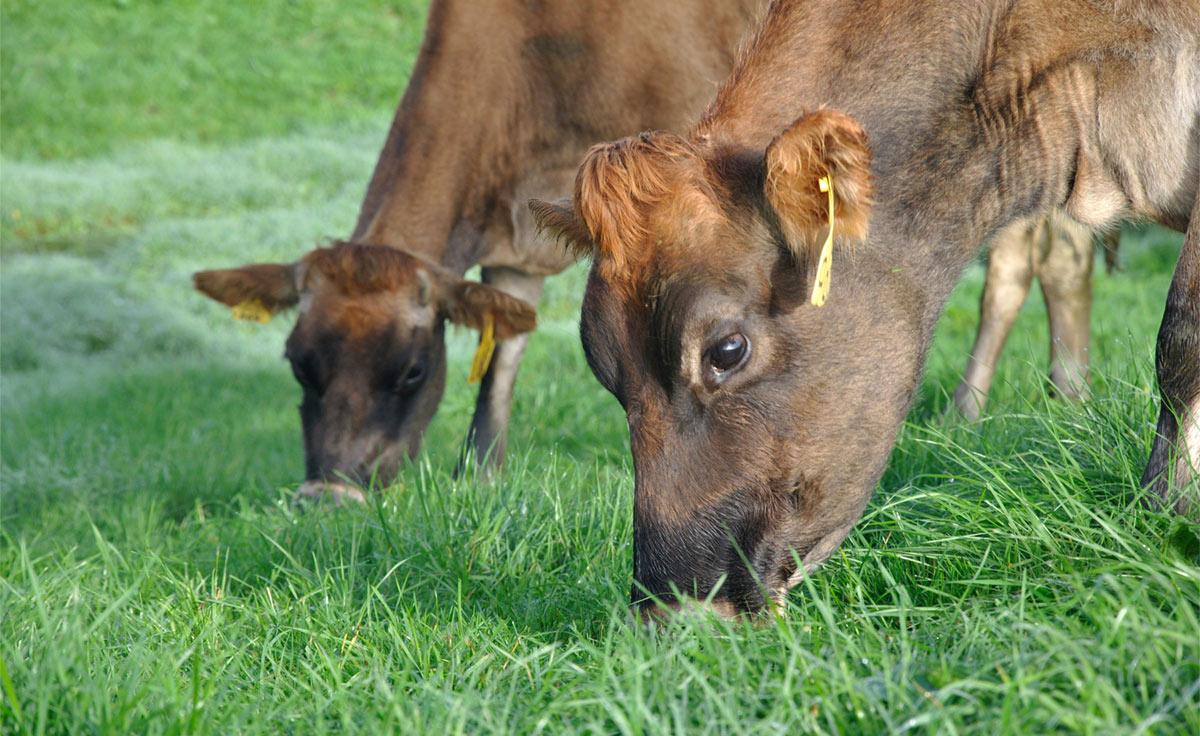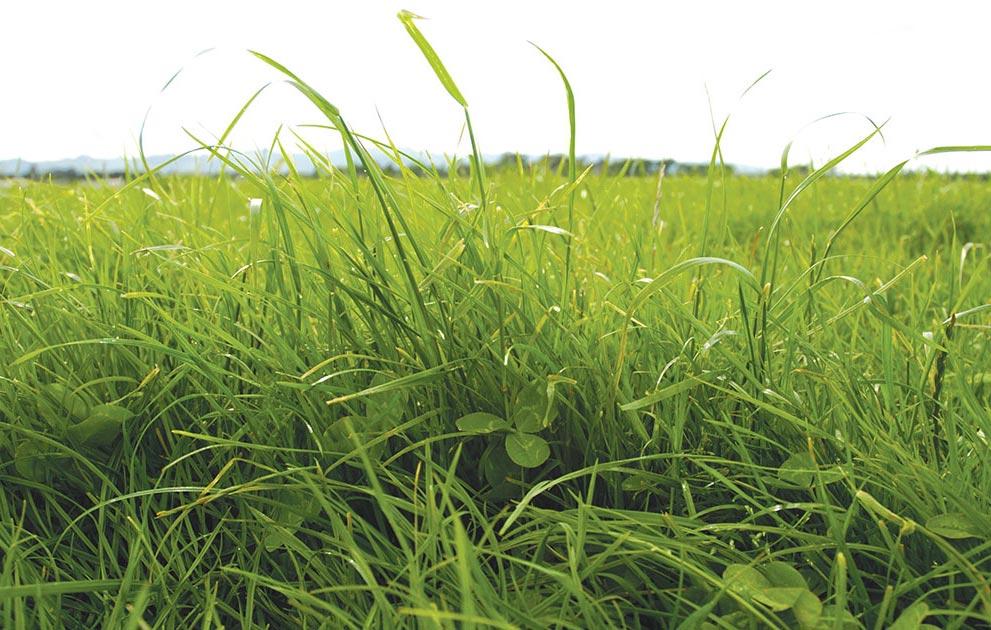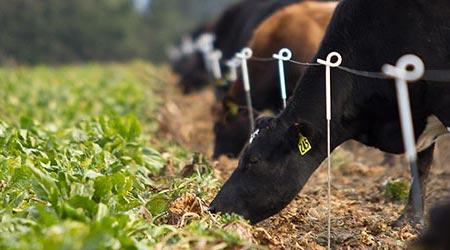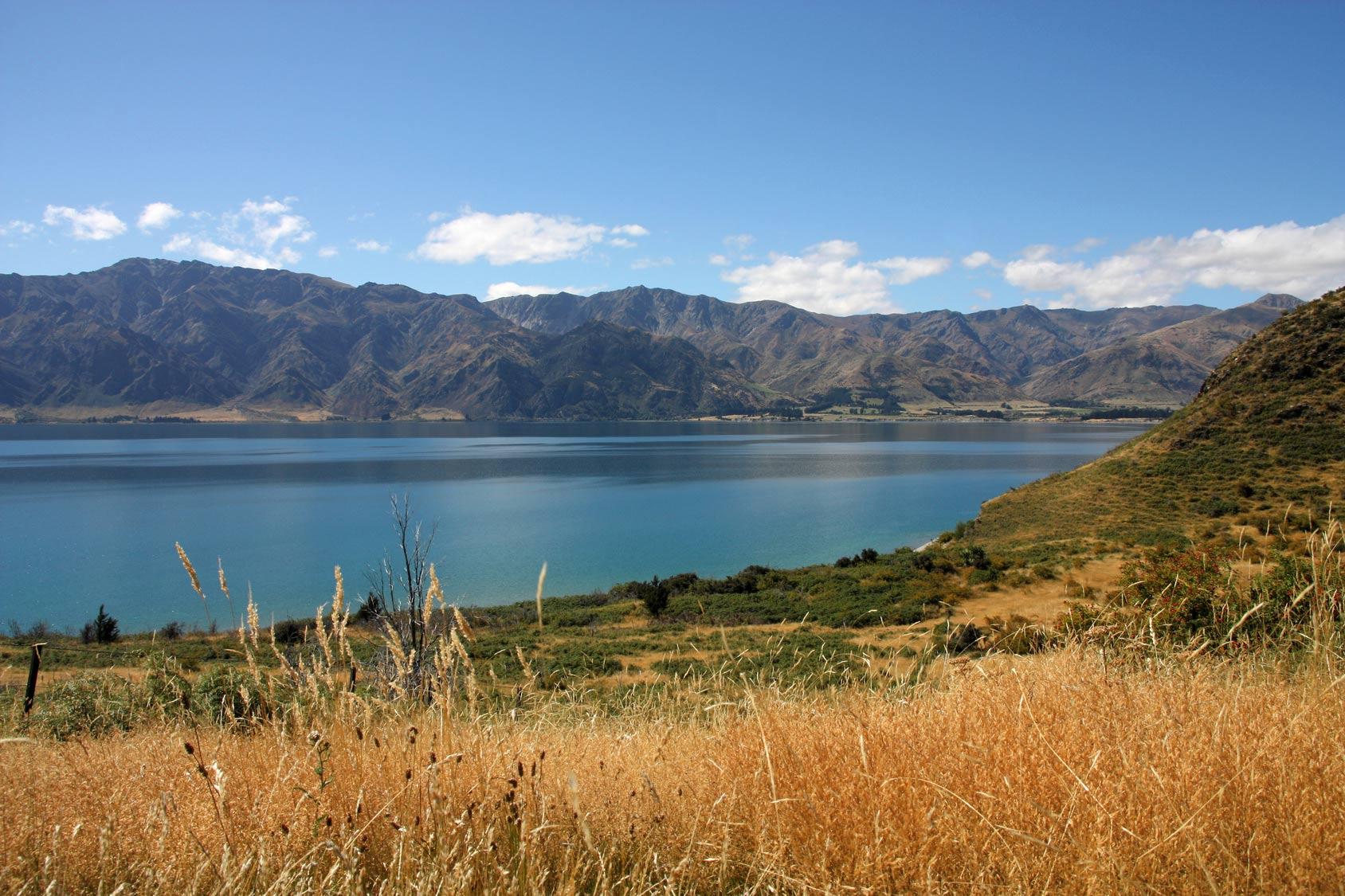Reproductive pasture, seed heads are here!
When looking at north island pastures in the last week, we have noticed an increase of seed head in the paddocks. That means that the time is near to start compensating for the inevitable lower quality grass that is coming.
With pasture changing from a vegetative state to reproductive state, we will start to see seed-heads in the paddock. Unfortunately that is not the only thing that will change on the farm. The pasture becomes more fibrous, as lignin levels in the plant starts increasing. As a result the NDF percentage of the pasture increases and the cow is not able to eat the same amount of pasture, in kilo’s dry matter, as before.
With the NDF and ADF percentage of the pasture increasing we will notice an increase in the milk fat percentage. This tells us there is more effective fibre in the pasture. The demand for straw from the cows is now close to zero.
After about a week to ten days of increased lignin levels in the pasture, the plant will ‘lock up’ the protein from within, to keep the resource available for the forming of seed heads. With a reduced protein level from pasture and a lower possible intake in kilo’s dry matter the overall quality of the diet has reduced (particularly protein).
Transitioning your cows onto the ‘repro’ diet is important. Make sure you allocate yourself about 7 – 10 days transition time between your current diet and your ‘repro’ diet. This adjusted diet needs to be balanced for the reduced quality expected on your farm with the supplements available in your area.
The reproductive stage of pastures is a natural seasonal change in the plant that cannot be prevented. That means changing your grazing management or keeping residuals lower than optimum will not affect the quality of the pastures. It is important to keep the post-grazing residuals at 1600 kg DM/ ha ensuring quick regrowth, keeping your round length constant.
If we can hold the milk production, even at a slightly higher cost, we will be at a higher production level after the reproductive stage of the pasture, when it changes back to vegetative state. That means the rate of decline is reduced and you are able to produce extra milk solids. Speak to your consultant about the benefits of holding milk production versus accepting a certain drop and what ‘repro’ ration will be most profitable for your farm.



